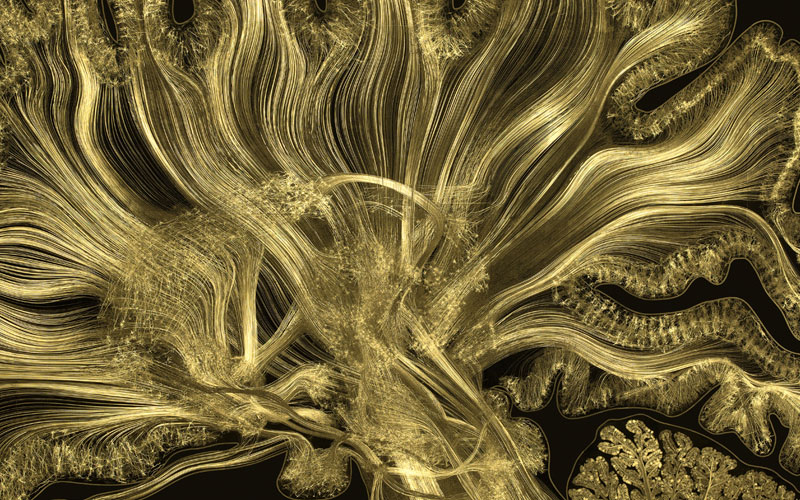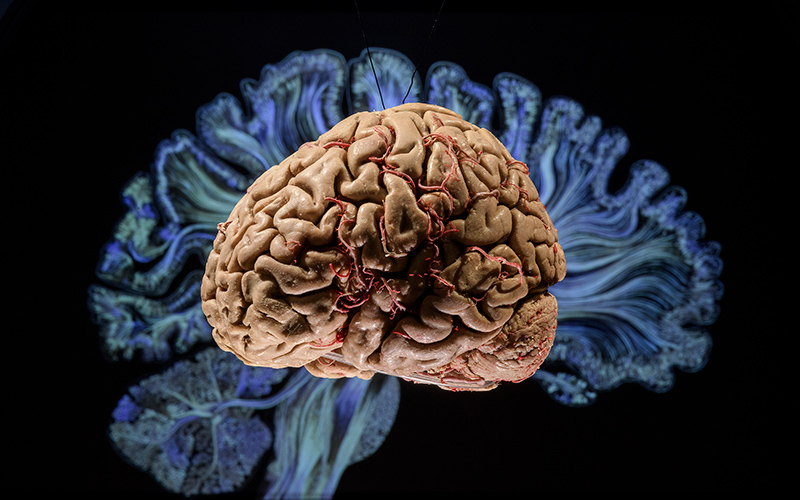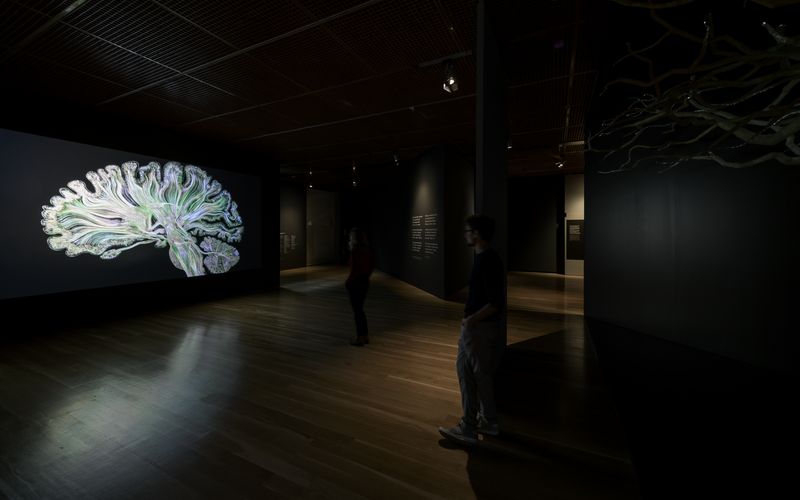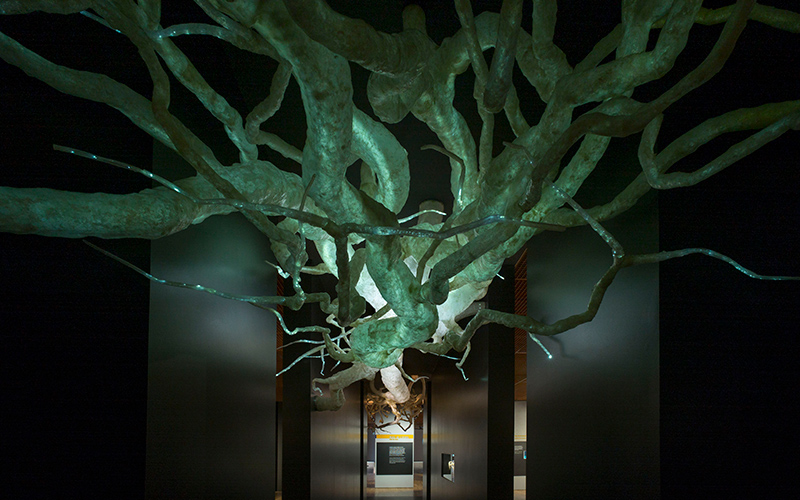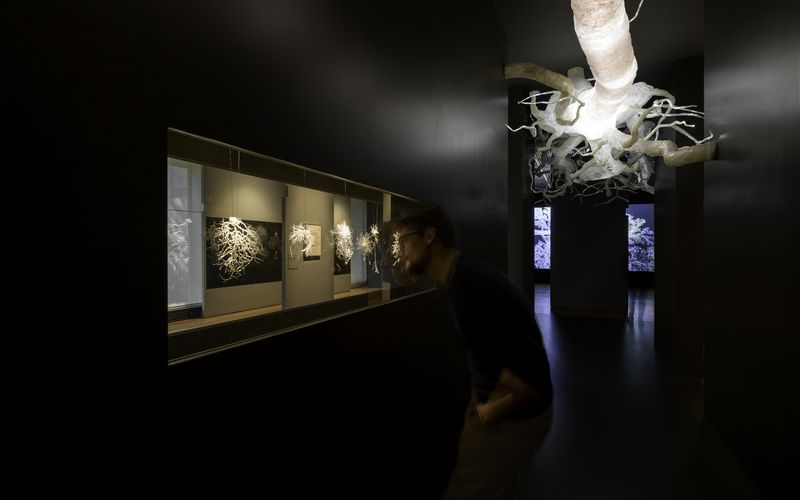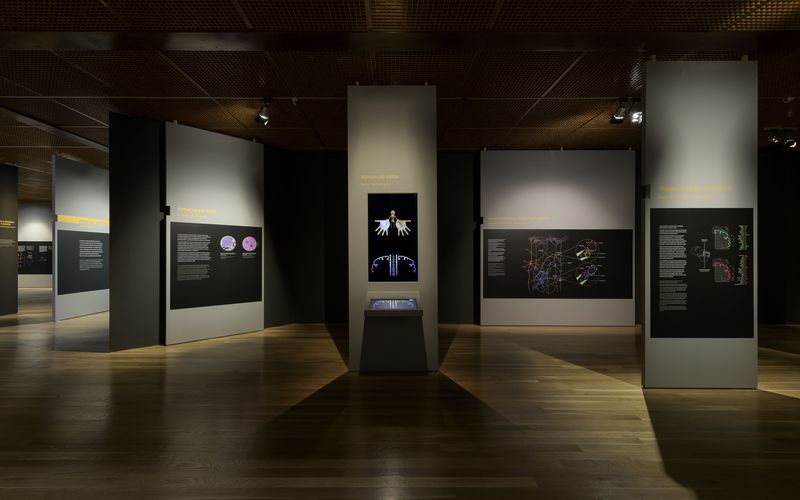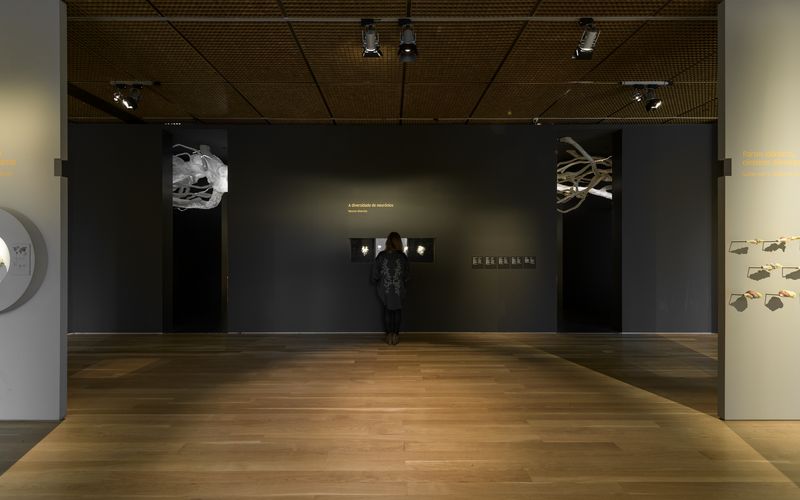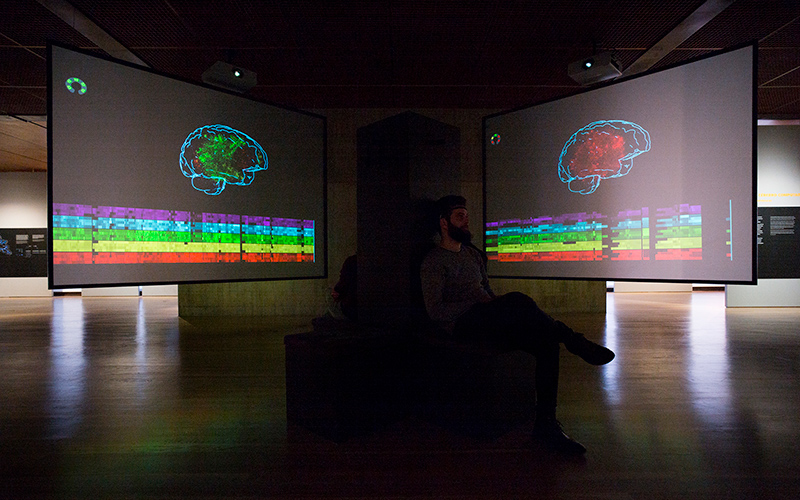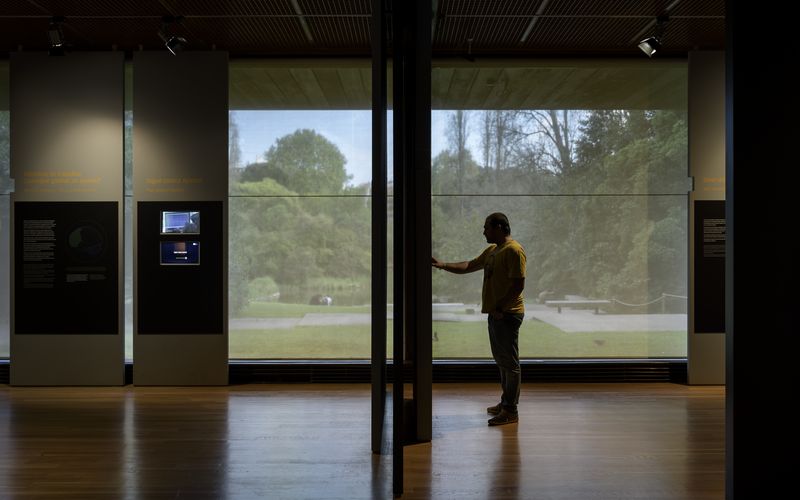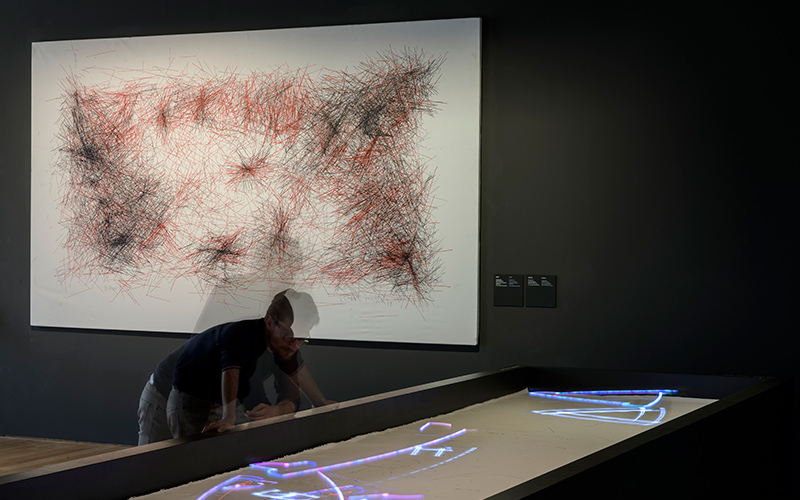
Brain – wider than the sky
Event Slider
Date
- Closed on Tuesday
Location
Main Gallery Calouste Gulbenkian FoundationFree admission for student card holders on fridays from 18:00 to 21:00.
This exhibition is a unique journey around the brain: its origin, the complexity of the human mind, the challenges of artificial minds. A 500 million-year-old brain, a modern brain, a giant interactive synapse, fragments of an Egyptian papyrus, a painting by artist Bridget Riley, a brain orchestra, robots: interactive activities, historical and paleontological documents, three-dimensional models and infographics combine to produce an exhilarating display for all ages.
Inspired by Emily Dickinson’s poem, The Brain – is wider than the sky, the exhibition opens by presenting the brain with no recourse to scientific information, using dazzling images from Greg Dunn’s Self-Reflected.
The origin and complexity of the brain, and what we know about how it generates some of the characteristics we identify as human - memory, perception, language, emotions - along with diseases that result from the malfunctioning of its different components are explored in two initial parts. The exhibition’s third part addresses brain-machine interface technology and its applications, artificial intelligence and robotics.
Brain - wider than the sky intends to bridge humans and animals, so we may understand our place in nature. Throughout the exhibition this permanent relationship allows visitors to build a narrative that extends from the natural and social sciences to philosophy, the arts and the humanities.
Topics


In the beginning there were no brains

Mind the brain

Artificial Minds
-
Self Reflected
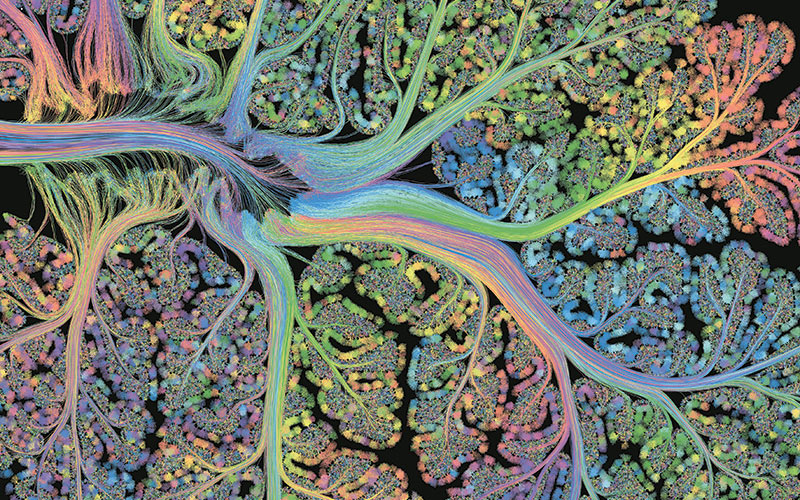
Núcleo-introdutório---1.2_800x500 22K gold reflective microetching under white light, 2014-2016 The video installation that opens the exhibition provides the visitor with an immersive, emotional and sensory experience of the brain. The images are from the work “Self-reflected” by the North American artist and neuroscientist Greg Dunn and the soundscape was created by the composer Rodrigo Leão.
-
-
In the beginning there were no brains
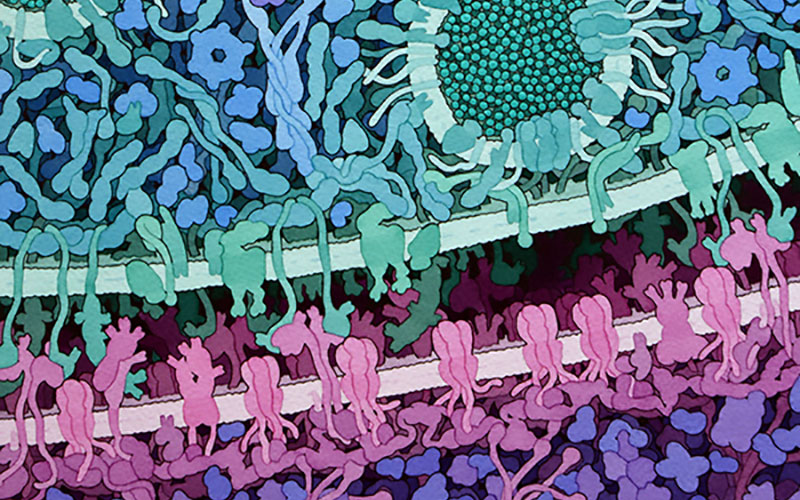
NUCLEO-1-2_3_800x500_01 inapse inibitória: ampliada dois milhões de vezes Aguarela em papel 2019 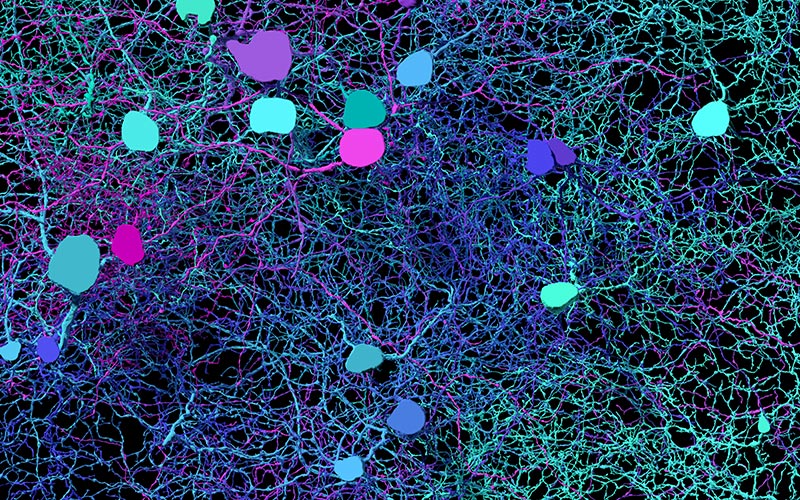
NUCLEO-1-2.3_800x500 Reconstrução digital tridimensional a partir de microscopia eletrónica, 2015 The origin of the brains, as a process of biological evolution, serves to present the complexity of the human brain as part of an evolutionary continuum. Models of brains of different vertebrates (fish, amphibians, reptiles, birds and mammals) illustrate how the brains of these animals, despite looking very different, are made of the same parts. In this module it is explained how the brain receives sensory information and performs motor programs. The role of the sensory and motor cortex is illustrated using motor and sensory homunculi. The centerpiece of this module is a giant neuron suspended from the ceiling that fires in response to the presence of visitors. The diversity of neurons can also be explored in a digital museum – a collaboration with EyeWire and the Allen Institute for Brain Science.
-
-
Mind the brain
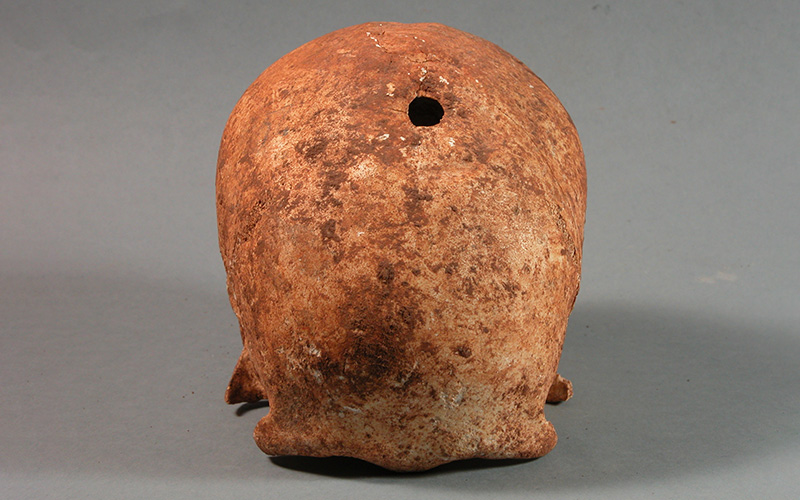
núcleo-2-Pense-no-cérebro-3_800x500 Crânio Trepanado. Alcanena, Lapa da Galinha, Neolítico Final / Calcolítico. Museu Nacional de Arqueologia 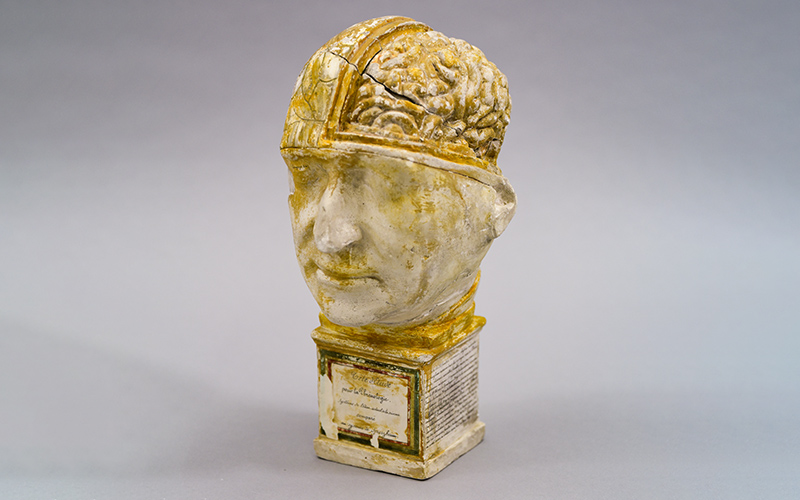
3-2-7-Cabeca_de_estudo_MCUC_ANT_00120_Gilberto_Pereira_800x500 Cabeça frenológica de estudo Coleção José Joaquim Gama Machado, Museu da Ciência da Universidade de Coimbra 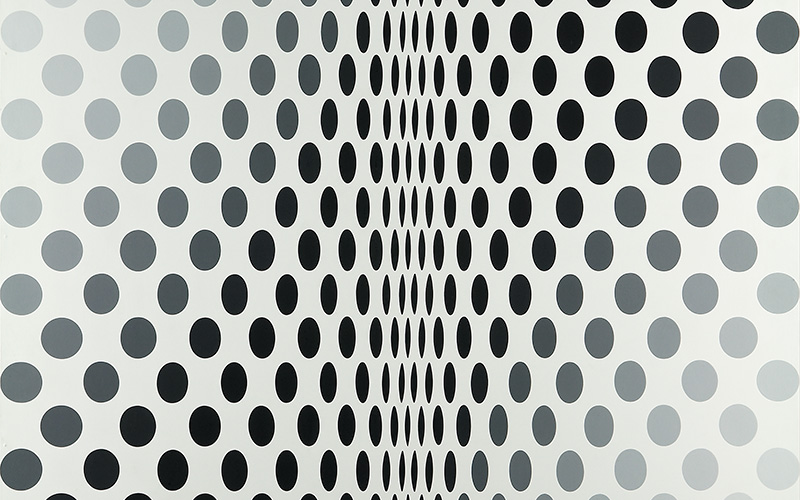
núcleo-2-Pense-no-cérebro-3-bridget-riley_PE158_800x500 Metamorphosis The Brain orchestra is at the center of this module as a multimedia installation in which four visitors can simultaneously view and listen to their brain activity. The signals, captured by a headset, are projected onto a large screen and their translation into sounds was composed by Rodrigo Leão. It is also explained how the complexity of the brain gives rise to the mental experience we have of the world and of ourselves –from memory to language, perception and emotions.
A painting by Bridget Riley from the Gulbenkian Museum Collection illustrates how the principles of perception are behind the optical illusions used by the OpArt art movement. An interactive piece on animals that have the ability of vocal learning – one of the pillars of oral language in humans – supports the section on language.
-
-
Artificial Minds
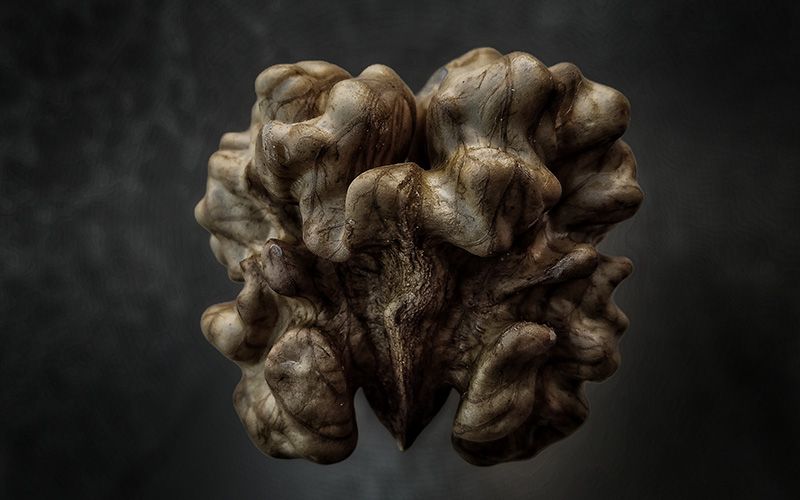
núcleo-3-4.4_800x500 A experiência do cérebro coletivo Alagraphy, 2019 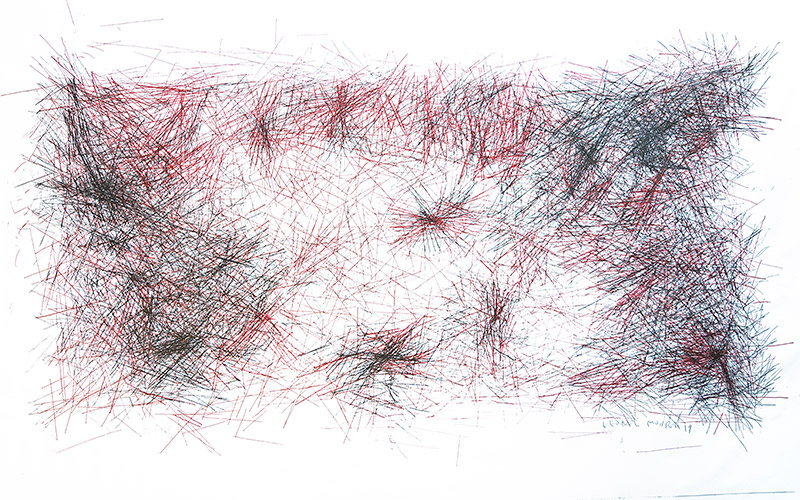
Núcleo-3-Parte-4-Leonel-Moura_800x500 Brain I tinta permanente sobre tela, 208 x 355 cm, 2019 Leonel Moura How the development of artificial intelligence and robotics have made it possible to replicate the complexity of brain organization and its information processing in artificial systems is addressed here. It is also shown how brain activity is being used to control external devices, including in biomedical contexts by patients with motor disabilities. Using a similar brain-computer interface, visitors can play Mindball, a mental football game in which two players can move a ball towards the opponent’s goal with their brainwaves. Leonel Moura’s painting robots are painting on canvas in real time during the whole period of the exhibition: will creativity be an exclusively human attribute? By posting photos on Twitter or Instagram using the hashtag #collectivebrainx #Gulbenkian visitors can participate in Collective Brain X, a collective Artificial Intelligence art piece by ALAgrApHY.
-

